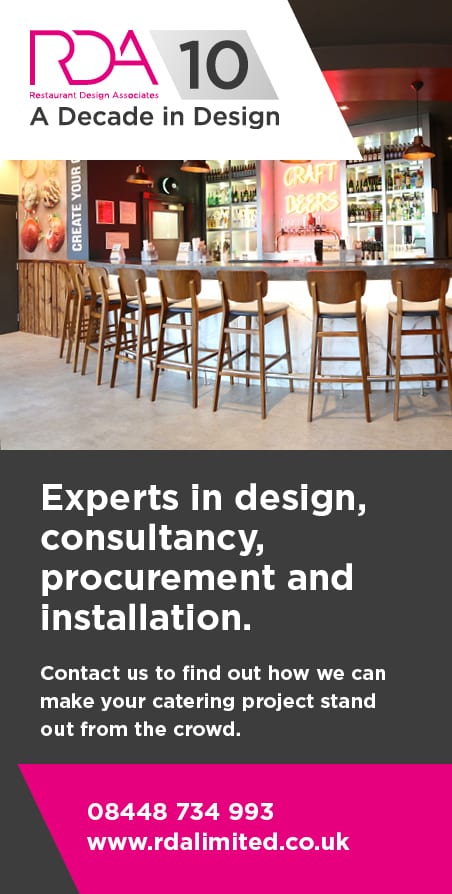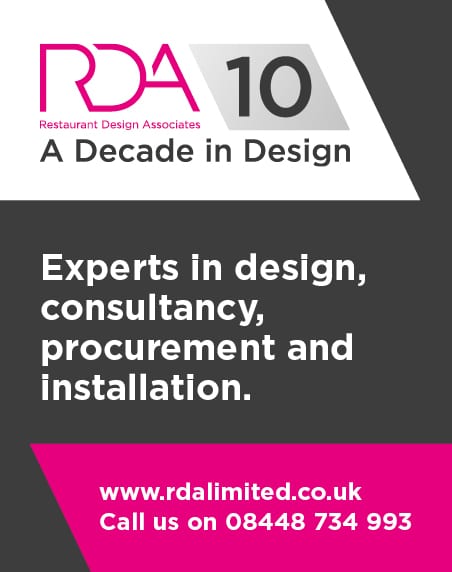With over a decade of experience of transforming catering facilities across the UK, we know the key considerations to take into account when designing a kitchen for a busy hotel restaurant.
Here’s our top tips on creating an efficient, ontrend kitchen that will keep customers coming back for more.
Key Considerations
An effective workflow with minimum workspaces ensuring staff have everything nearby is a key aspect that needs to be considered. Sufficient storage chilled, ambient and dry, is also a key consideration. To help to reduce energy costs it is essential that there is energy efficient and multi-functional equipment and that the building has acoustic treatment to the walls dividing the restaurant from the kitchen. This in turn helps to maximise staff output and ensures excessive staff are not needed to run the kitchen.
Open plan kitchens are a current trend in the design of kitchens, so diners can see into the kitchen, have a "live experience" and feel involved in the whole dining ambience.
Restaurant Design AssociationA Collaborative Approach
It is very important to have a collaborative approach to the design layout from the beginning of a project. It is important to listen to the Chef’s point of view and incorporate ideas into the design so they will be able to produce a range of foods from the kitchen and operate in a safe environment both in terms of food safety and working practices.
Design Trends
Open plan kitchens are a current trend in the design of kitchens, so diners can see into the kitchen, have a “live experience” and feel involved in the whole dining ambience. There is also an emphasis on locally sourced, locally produced food and letting the customer know where the food came from.
What about Ventilation?
It is very important that ventilation is carefully designed from an environmental perspective so kitchen odours are kept to a minimum externally. From an operator’s point of view ventilation needs to be at a suitable working temperature with fresh air input.
Putting in UV systems can help to control external kitchen oudors. It is also particularly important from a planning perspective especially on new builds.
The sorts of equipment that are available to help deal with the problem include: carbon filtration and electro static precipitator (ESP) filtration systems. Infra-red activated ventilation systems can also help to significantly reduce energy use and running costs.


